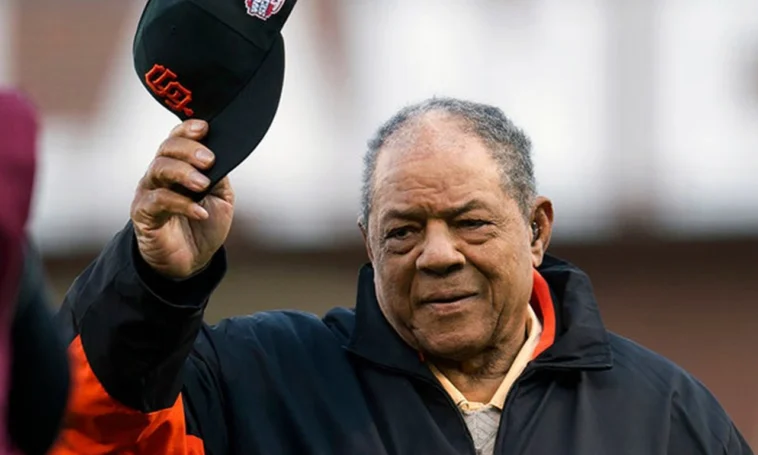Willie Mays purchased a castle-like suburban home to escape racism in San Francisco. Baseball legend Willie Mays faced housing discrimination in San Francisco due to his race, despite his superstar status. He bought a 15-room mansion in New Rochelle, New York, for $75,000 in 1960, where he lived with his first wife Margherite. The couple was among the first Black families in the upscale neighborhood.
Mays’ career stats include 3,283 hits, 660 home runs, and a .301 batting average. He was inducted into the National Baseball Hall of Fame in 1979 and received the Presidential Medal of Freedom in 2015. Despite his success, Mays faced personal struggles, including a public separation and divorce from Margherite. He remarried and remained in New Rochelle until his death last week, leaving behind a legacy as one of the greatest baseball players of all time.
Mays’ story highlights the struggles faced by African American athletes during the Civil Rights era. Despite his fame and success, he was subjected to housing discrimination and racism. His experience in New Rochelle was a significant moment in his life, as it provided him with a sense of community and acceptance.
“New Rochelle can be proud to claim an association with part of this baseball history, as Willie Mays, the ‘Say Hey Kid,’ lived in a 15-room Normandy style mansion at 90 Croft Terrace in the early 1960s,” his plaque read.
The 15-room mansion in New Rochelle, now estimated to be worth around $2 million, serves as a testament to Mays’ success and legacy. The home, which was once a sanctuary for Mays and his family, now stands as a reminder of his impact on the world of baseball and beyond.
Mays’ legacy extends beyond his baseball career. He is remembered as a trailblazer for African American athletes and a symbol of resilience in the face of adversity. His story continues to inspire generations of baseball fans and beyond.
In New Rochelle, Mays is honored with a plaque in the city’s walk of fame, alongside other baseball greats like Mariano Rivera and Lou Gehrig, and cultural icons like Ruby Dee. The plaque includes blurbs about his childhood in Alabama, stats of arguably one of the greatest players ever, and a reference to “The Catch,” the iconic image of Mays running to dead center field to catch a fly ball directly over his head in the 1954 World Series.
Mays’ death last week seemingly brought the nation together, with tributes pouring in from around the world. His legacy continues to inspire and his impact on the world of baseball and beyond is immeasurable.
Willie Mays’ story is a powerful reminder of the struggles and triumphs of African American athletes during the Civil Rights era. His legacy continues to inspire generations, and his impact on the world of baseball and beyond is immeasurable. The 15-room mansion in New Rochelle serves as a testament to his success and legacy, and his story will continue to be remembered for generations to come.






One Comment
Leave a ReplyOne Ping
Pingback:Hall of Famer Mariano Rivera Faces Abuse Cover-Up Claims
Join the Community and Be a Part of the Conversation
You must be logged in or registered to post a comment.